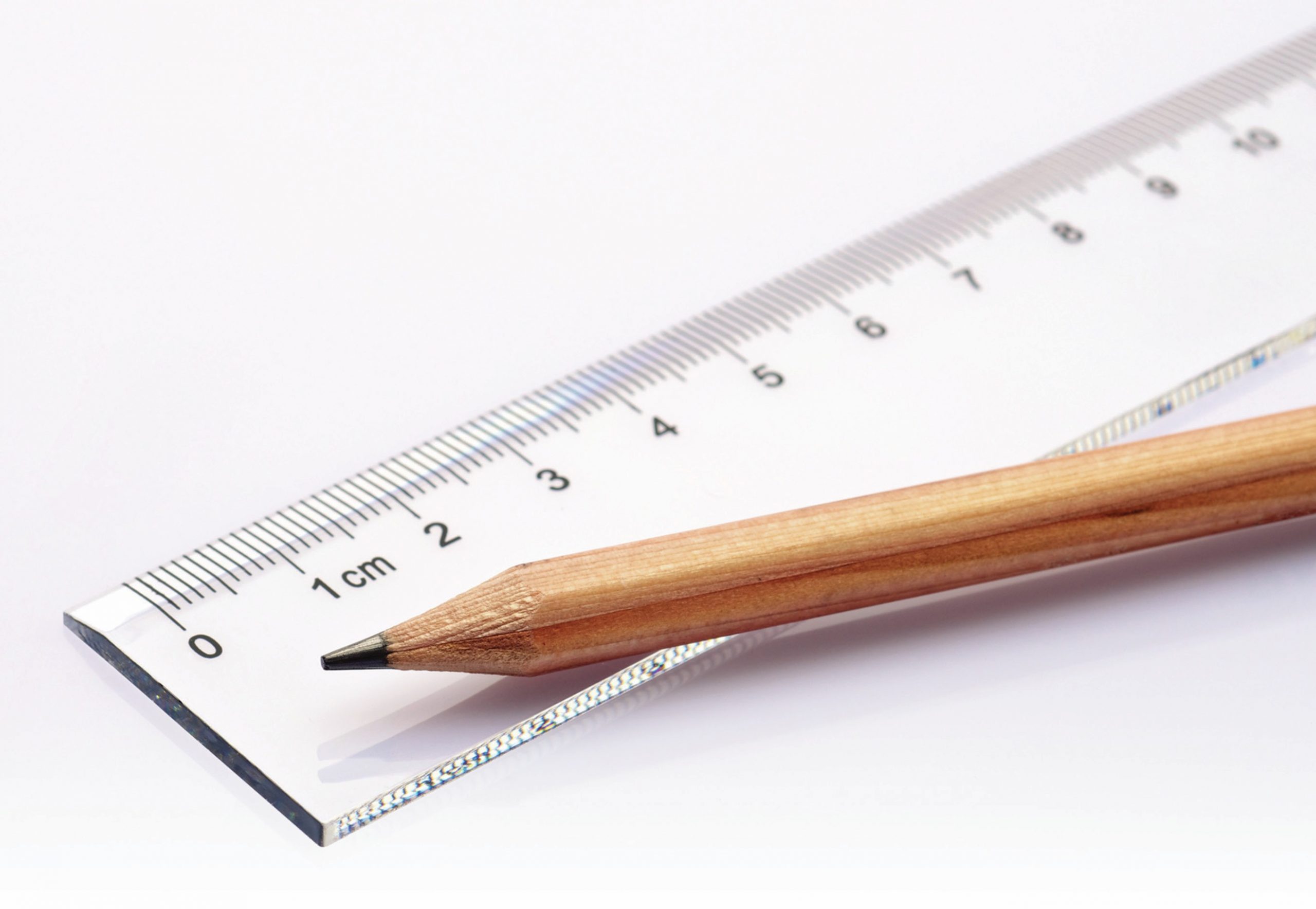
By now you will have become resigned to the fact that nearly every physics experiment you do requires you to display the results on a graph. But why? What is wrong with a table of values, for instance? There are two answers to this. First, we are much better at absorbing information in a visual form — agraph is effectively a picture of what is happening to our variables. Second, it allows us to obtain a weighted average of our measurements; I will come back to this later.
Most people are aware of the ‘rule’ that your graph should occupy at least half the grid in both directions. Perhaps fewer people realise that it’s the points that should do this, rather than the scales, or the line that you subsequently draw. But have you ever thought why?
Your organisation does not have access to this article.
Sign up today to give your students the edge they need to achieve their best grades with subject expertise
Subscribe




